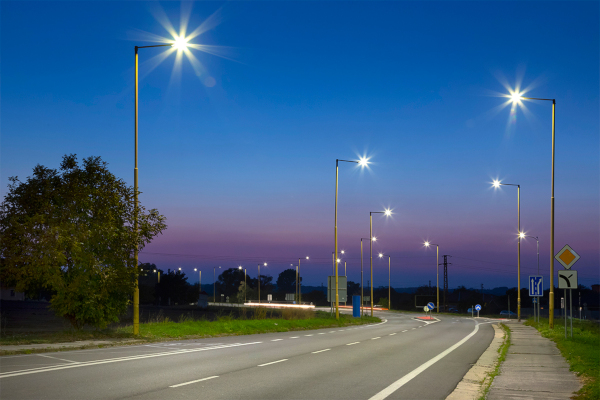Light-emitting diodes (LEDs) have replaced the ordinary bulbs and they can further reduce the energy needs on large scale. Researchers from the Indian Institute of Technology (IIT), Guwahati and Imperial College London, UK, have developed a tailored ‘meta-grid’ of nanoparticles that could make light-emitting diodes (LEDs) even brighter, energy-efficient and durable. ‘Meta-grid’ or ‘metamaterial grid’ is a specifically patterned array (grid) of nanoparticles acting as metamaterials, capable of exhibiting extraordinary optical properties.
Over the years, a significant research drive towards this objective is in exploring new materials for LED-chip encapsulation, mostly by deploying either higher refractive index glasses or epoxy materials incorporated with filler powders or nanoparticle-loaded-epoxy or engineered epoxy resins, etc. However, these techniques either make the LED chips bulkier or their fabrication becomes more challenging and less economically viable for mass production.
To meet the goals the research team has developed a nanoparticle ‘meta-grid’, which can be placed at an appropriate location within the epoxy casing of the LEDs, for improving light output from LEDs. A ‘meta-grid’ is a specially-designed, optimised, two-dimensional array of specific nanoparticles, of size much smaller than the wavelength of light.
“In this invention, the effects of the ‘meta-grid’ on the standard commercial LEDs, based on group III–V materials are demonstrated.”
While prescribing minimal changes to the manufacturing process, the research team has developed this novel scheme of boosting transmission of light generated inside an LED chip across the LED-chip/encapsulant interface. This is achieved by reducing the Fresnel reflection loss at the chip/encapsulant interface, within a fixed photon escape cone, based on tuning the destructive interference phenomena with help of the ‘meta-grid’. The technique has revealed optimal design parameters for such meta-grids to produce greater light output over any narrow/broadband emission spectrum, besides boosting LEDs’ lifetime by eliminating heating of the chip from unwanted reflections within the chip.
Dr.DebabrataSikdar, Assistant Professor, Department of Electronics and Electrical Engineering, IIT Guwahati said, “In this invention, the effects of the ‘meta-grid’ on the standard commercial LEDs, based on group III–V materials are demonstrated. However, the proposed concept of enhancing light transmission from an emissive layer to its encapsulant casing can be extended to other types of light emitting devices hosting an emissive-layer/encapsulant interface. Generally, our nanoparticle ‘meta-grid’ scheme for enhanced light extraction could potentially cater to a wider range of optical gadgets, not just semiconductor LEDs.”
Talking about their work, Prof. Sir John B. Pendry, Department of Physics, Imperial College London, said, “The simplicity of the proposed scheme and the clear physics underpinning it should make it robust and, hopefully, easily adaptable to the existing LED manufacturing process. It is obvious that with larger light extraction efficiency, LEDs will provide greater energy savings as well as longer lifetimes of the devices”.
The research team includes DrDebabrataSikdar, Prof Sir John B. Pendry and ProfAlexei A. Kornyshev from Imperial College, London. The findings have been published in Light: Science & Applications journal.
Source: Vigyan Prasar
Image Courtesy: Lighting Manufacturer
You may also like
-
New Heat-Based Approach To Cancer Treatment Can Reduce Chemotherapy Doses
-
Scientists Take A Major Step Towards Unification Of Classical & Quantum Gravity
-
India Graphene Engineering and Innovation Centre (IGEIC) Under the Vision of Viksit Bharat@2047 Launched
-
New High-Performance Gas Sensor can Monitor Low Level Nitrogen Oxides Pollution
-
Antidepressant Drug can be Repurposed for Treating Breast Cancer
